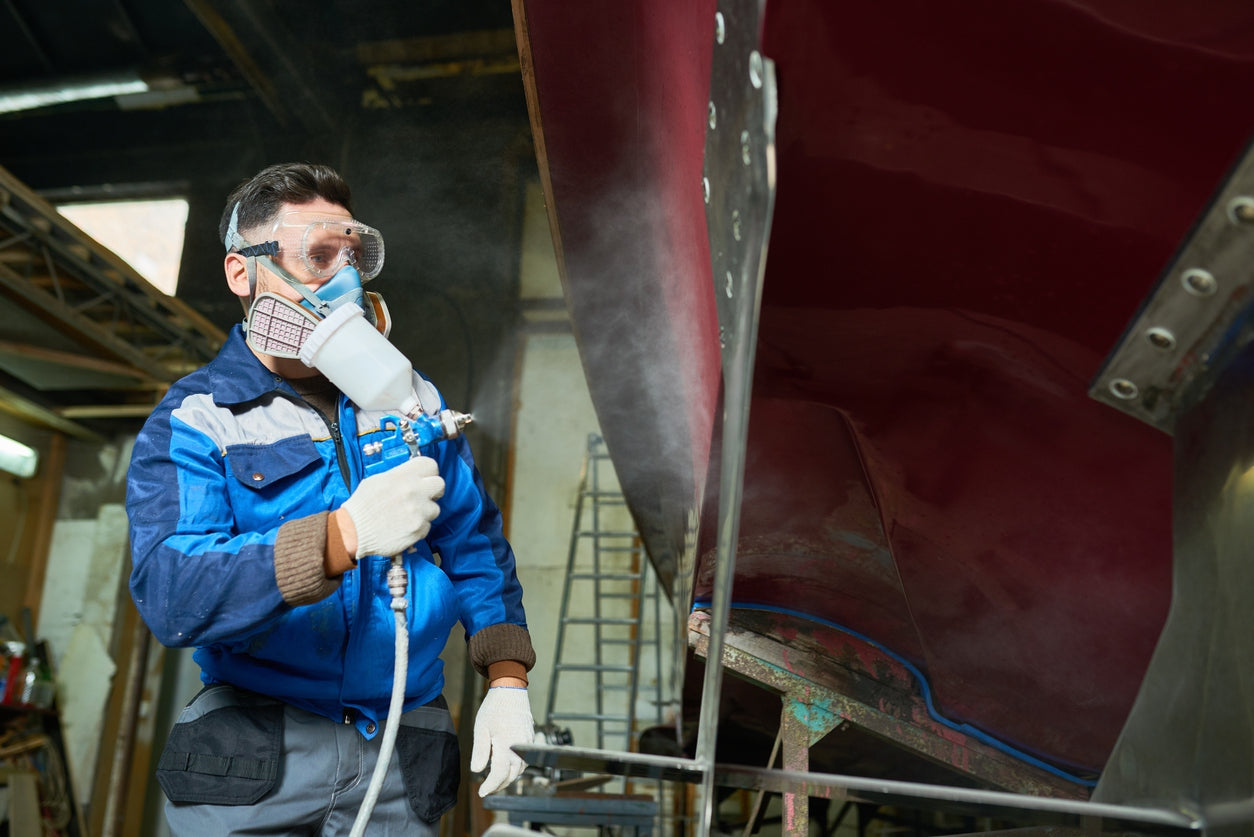Respiratory protection is a critical aspect of workplace safety, aimed at safeguarding the health of employees who may be exposed to hazardous airborne substances. The rules and regulations governing respiratory protection are designed to ensure that workers are adequately protected from respiratory hazards, ranging from particulate matter to harmful gases and vapors. In this comprehensive guide, we will delve into the essential rules and regulations that govern respiratory protection in various work environments.
Understanding Respiratory Hazards
Identifying Airborne Threats
Before delving into the regulations, it's crucial to understand the diversity of respiratory hazards that workers might face. These hazards can include:
- Particulate Matter: Dust, pollen, and other solid particles that can be inhaled.
- Chemical Fumes and Gases: Harmful chemicals that can be released as gases or vapors.
- Biological Agents: Microorganisms like bacteria, viruses, and fungi that pose respiratory risks.
- Oxygen Deficiency: Environments with inadequate oxygen levels, such as confined spaces.
OSHA's Respiratory Protection Standard
The Role of OSHA
In the United States, the Occupational Safety and Health Administration (OSHA) is the primary regulatory body responsible for ensuring workplace safety, including respiratory protection. OSHA's Respiratory Protection Standard, found in 29 CFR 1910.134, outlines the rules and regulations that employers must follow to protect their workers from respiratory hazards.
Respiratory Hazard Assessment
One of the fundamental requirements under OSHA's standard is conducting a thorough assessment of respiratory hazards in the workplace. This assessment helps employers determine whether respiratory protection is necessary and, if so, which type of protection is suitable.
Selection of Respirators
Choosing the right respiratory protection equipment is critical. OSHA mandates that employers select respirators based on the specific hazards present, the workplace conditions, and individual employee needs. It's essential to consider factors like the type of respirator (e.g., N95 mask, air-purifying respirator, or supplied-air respirator) and ensure that they meet appropriate filtration and fit requirements.
Fit Testing and Seal Checks
Proper fit is paramount for the effectiveness of a respirator. OSHA requires employers to conduct fit testing to ensure that respirators create a tight seal on an employee's face. Additionally, employees must perform seal checks each time they don a respirator to ensure it remains effective throughout their shift.
Training and Education
Employers are obligated to provide comprehensive training to employees on the proper use, care, and maintenance of respirators. This training covers everything from how to put on and remove respirators to recognizing the signs of respirator malfunction.
Medical Evaluation
Before an employee uses a respirator, they must undergo a medical evaluation to ensure they are physically capable of wearing one safely. OSHA mandates that this evaluation be conducted by a licensed healthcare professional.
Respirator Maintenance and Inspection
Regular maintenance and inspection of respirators are essential to their effectiveness. Employers must establish procedures for inspecting, cleaning, and replacing respirators as needed.
International Standards
Beyond the United States
Respiratory protection regulations extend beyond the United States, with many countries having their own standards and guidelines. For example, the European Union follows the European Standard EN 149 for filtering facepiece respirators.
Conclusion
Respiratory protection rules and regulations are in place to ensure the well-being of workers who face airborne hazards in their daily tasks. Compliance with these regulations is not just a legal requirement; it is a fundamental ethical responsibility of employers to protect their employees' health and safety. By understanding and adhering to these rules, employers can create a safer work environment and reduce the risk of respiratory illnesses among their workforce. Remember that workplace safety is an ongoing process, and staying informed about updates and advancements in respiratory protection is crucial to providing the best possible protection for employees.

